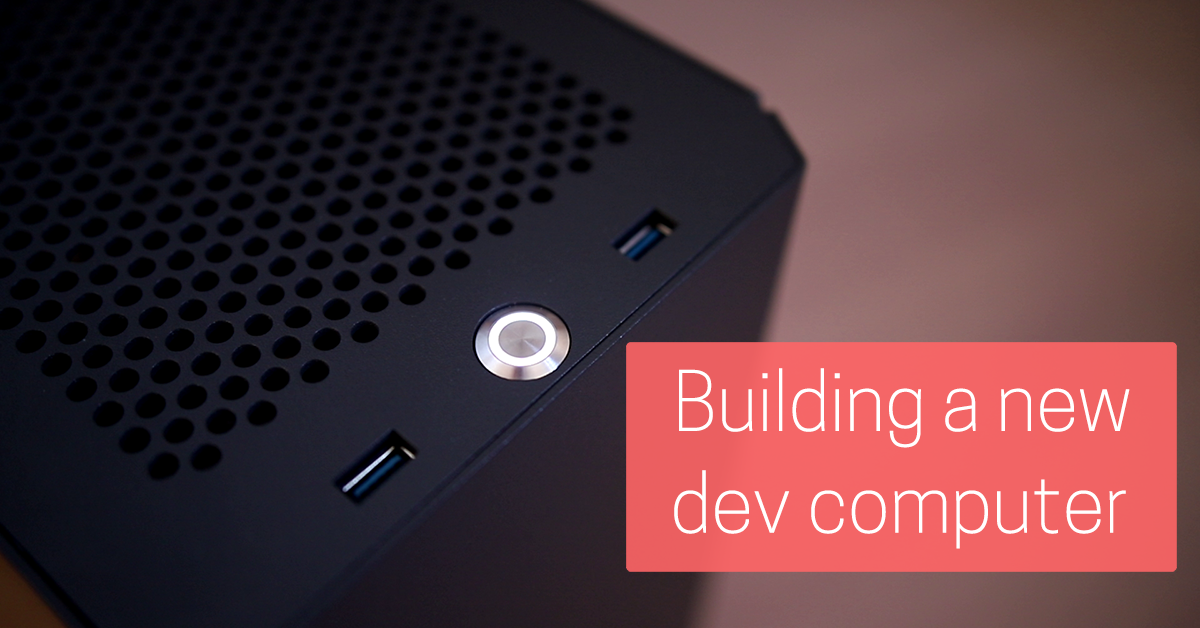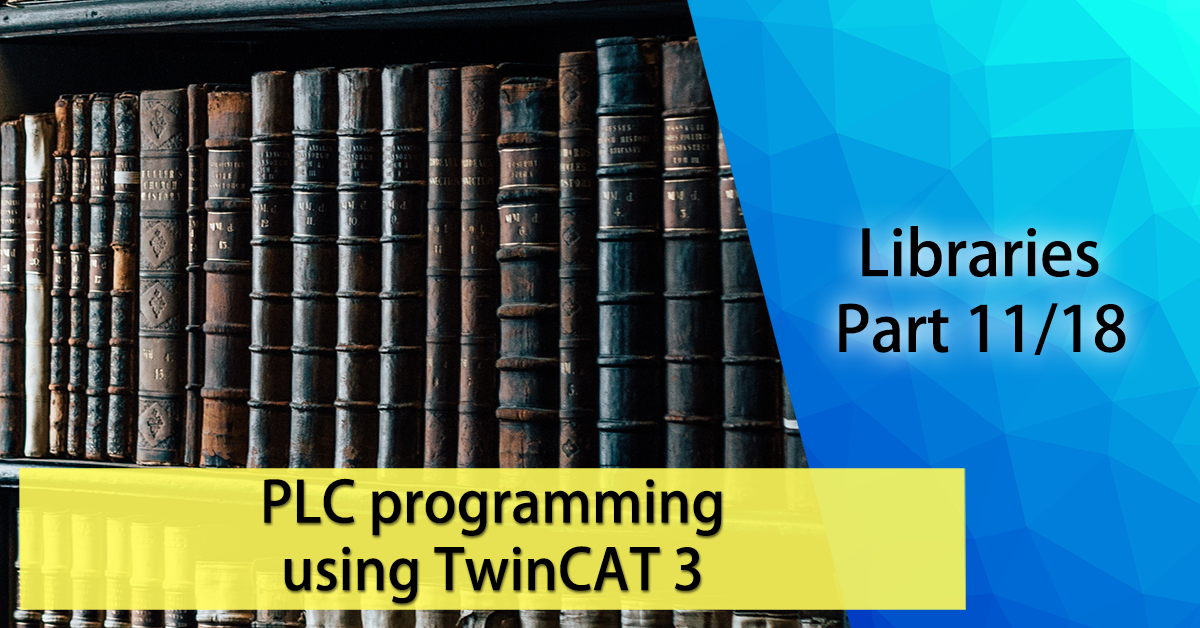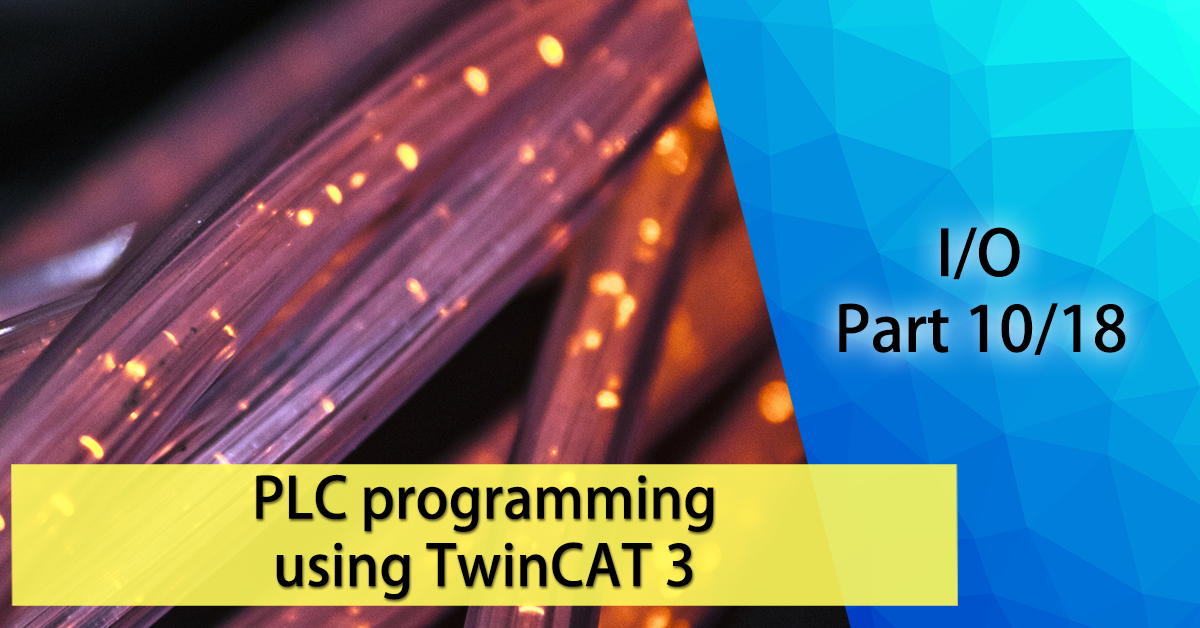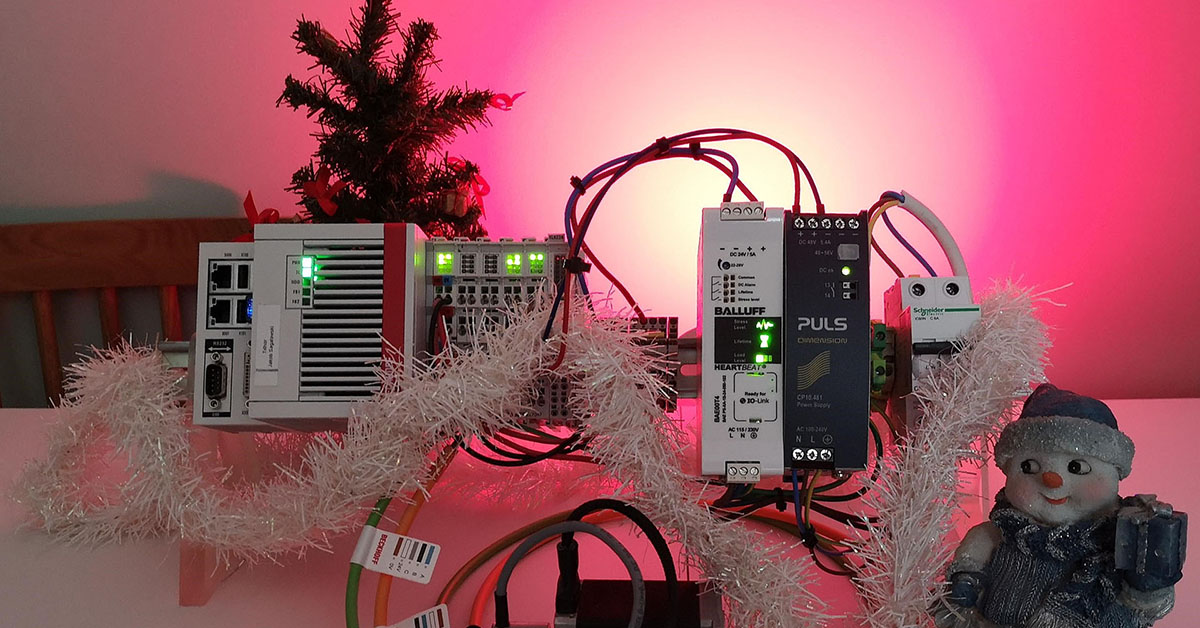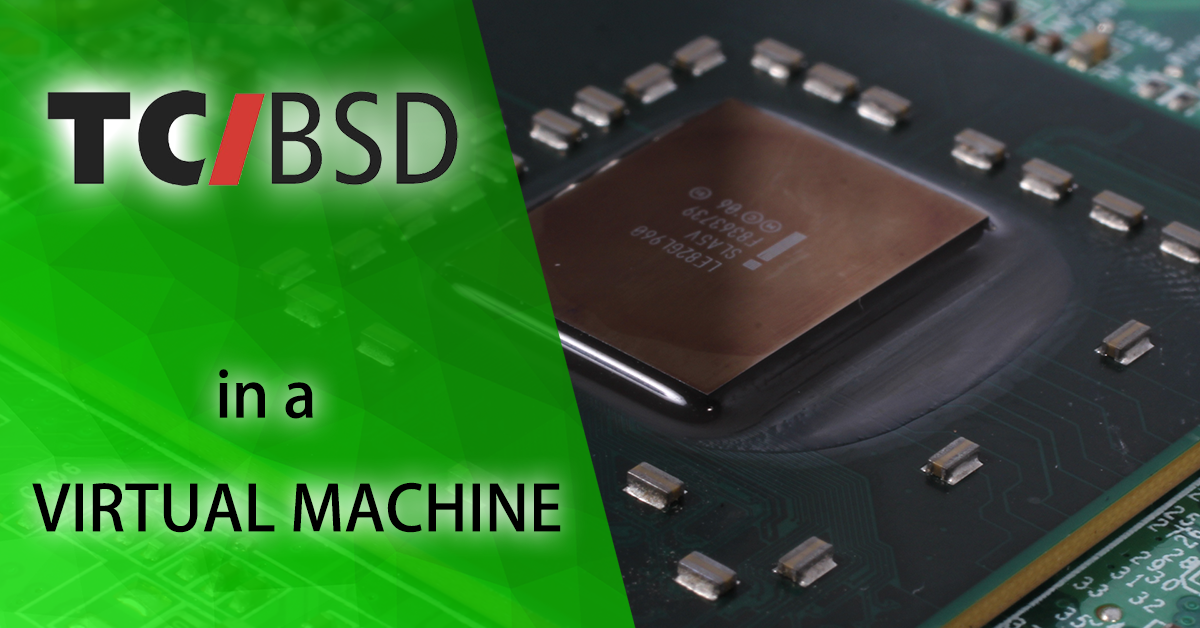My main software development machine is getting really old and tired so I decided to build a new one. When I was younger it was a lot of fun to build computers, but now that I’m old, boring and grey I haven’t had the time nor the motivation to build a computer but rather just buy one that’s pre-built. This time I have decided I will go back to my roots and build the computer myself. Join me on the journey of building a new software development machine!

